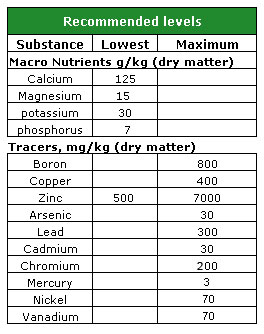|
About analysis of the ash
|
|
|
Before the ash is ready to be transported to
the forest, it must be an analysis that shows
whether the ashes meet the Forest Board recommendations.
This is done by taking samples at various locations on the
ash piles and submit them for analysis. Once the chemical
composition is confirmed to be within the recommendations,
the ashes are transported to the forest.
How is sampling to?
Analysis is needed to verify whether the ash is suitable for
use as a starting material for the production of a ash
recycling product.
It is also necessary to take samples of the finished
product. For the analysis to be accurate sampling must be
done in a proper manner.
It is considered that most of the uncertainty associated
with an analysis depends on the sampling is done.
The ash can be heterogeneous and originate from different
parts of the heating season with different fuel mixture. A
standard method should be used when sampling to minimize the
risk of uncertain test results. Generally, sampling should
be made at least once per heating season. In farms with
varied fuels and operating conditions it should be more
frequent sampling.
Recommended levels
To give the desired effect, the ash should contain
sufficient amounts of the desired nutrients. The
Forest Board has indicated minimum levels that
should be fulfilled (see Table below). If the levels
is lower, there is a possibility to add these
nutrients to the ash product.
Below is the recommended minimum and maximum levels
of substances in ash products that are intended for
distribution in the woodland. The recommendations
refer to dry weight concentrations in the ash
product spread in the forest, after the addition of
plant nutrients and binders.
The specified guidelines do not relate to other
residues than ash.
 |
|
|